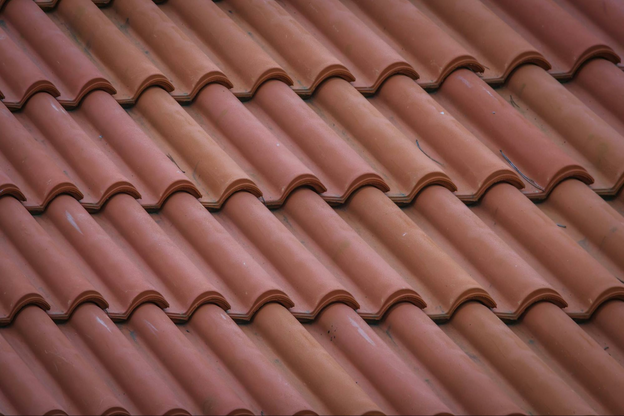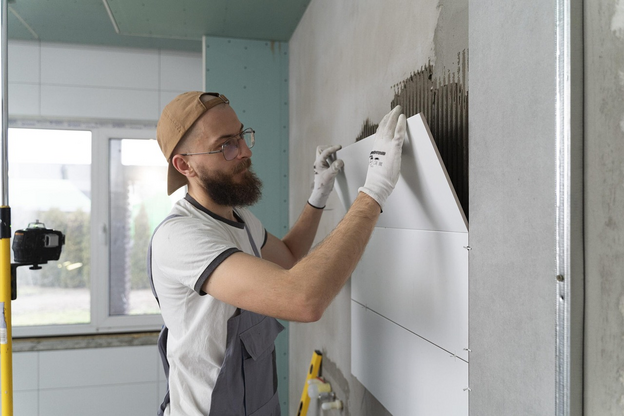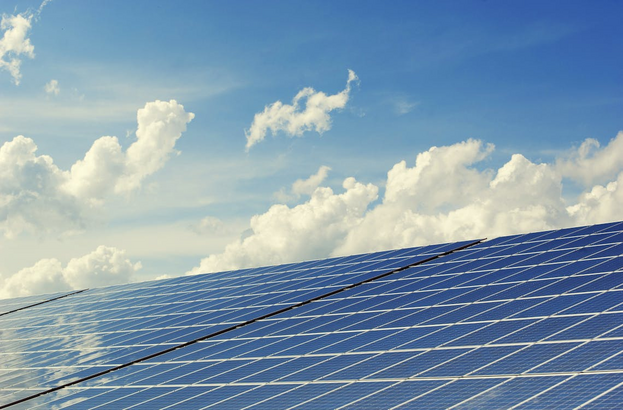
Redoing the roof is a huge but necessary expense to protect your home. The roof keeps all sorts of weather outside so that you can relax inside. Unfortunately, some common slip-ups when installing a new roof can come back to bite you. Most errors involve water issues. Keep reading to discover 10 common mistakes to avoid while installing a new roof.
-
Old Shingles
Some people place new shingles over old ones, but this is a big roofing mistake. Leaving old shingles makes cracks and spaces where dirt and water can get trapped. This will cause the roof to break down faster and get damaged more quickly.
-
Roofing Permit
Getting a roofing permit is essential. The permit ensures that your roof is safe and follows local laws. In most places, you need a permit for roof replacement. If the council finds you don’t have one, they will immediately stop the work on your roof and fine you. No matter what, use a professional roofer who is appropriately licensed, insured, and bonded.
-
Nail Placement and Length
Roofers must put nails in the correct spots when installing a new roof. If nails go in the wrong place, it can cause problems. Nails go underneath shingles, where they will stay dry. One big issue is putting nails where rain and wind can hit them.
These exposed nails rust over time and create holes in the shingles. Wind and water get in through these holes and damage the roof. Each type of shingle needs its nail size. If the nails are too short, the shingles may not stay tight and slide around over time. Nails need to go deep into the wood base so that shingles stay in place firmly.
-
Starter Strips
The eaves are the overhanging parts of the roof. That’s where the roofing projects begin. A mistake roofers make is not using the starter strip there. Starter strips are different from regular roof shingles. They are meant to go down first, along the eave edge. Their job is to seal the very bottom row of shingles. Without them, water could sneak under the bottom shingles, damaging the roof deck over time.
-
Drip Edge
A drip edge is a small aluminium piece along the roof’s edge. Its job is to remove rain or melted snow and guide it into the gutter. Many people try to save money by not installing a drip edge, but without one, water can slip under the shingles and damage the roof. Some old homes don’t have one installed, but most modern building rules require a drip edge. It’s not worth risking damage to save a little money.
-
Underlayment
When replacing a roof, it’s important not to forget the underlayment. Some roofers make the mistake of just putting in the new roof material, like the shingles or tiles, directly on the wooden roof deck after removing the old ones. But you need to add a layer of underlayment first. The underlayment acts as a barrier between the roof deck and the new roofing. It protects the deck and makes the deck more water resistant.
-
Manufacturer’s Guidelines
It is essential to follow the manufacturer’s guidelines when installing a roof. Some people think they know everything and don’t bother reading the fine print. If the manufacturer’s instructions are not followed, the roof can be installed incorrectly. Some materials may even come with a warranty, but only if you use them as the company recommends. If you don’t follow the steps, the warranty is typically voided.
-
Slope
Roofers often make a mistake by thinking all the roofs are the same. However, the slope or steepness of the roof dictates what materials you’ll use. Flatter roofs can use roll roofing with exposed nails, while steeper roofs need shingles or tiles. If you pick the wrong material, you risk water ingress and damage.
-
Attic Ventilation
The attic gives roofing materials, like shingles, a solid base to sit on. It needs good airflow, or you risk excess heat build-up and roof damage. Attic insulation may also deteriorate from overheating, leading to higher energy bills until fixed. The lack of attic ventilation is the primary reason roof shingles and decking need early replacement.
-
Shingle Exposure and Overhang
Shingles have an optimal length that should show between layers. If they are crowded too close, rain can collect on them, or they may blow away. If they are too far apart, water can damage the roof since it’s not protected well enough.
Similarly, roofers often make mistakes with the overhang. Shingles shouldn’t stop at the roof edge. They should hang over it, even with a drip edge. Water can go into the rake or fascia boards if they are too short. If the shingles are too long, high winds could blow them off. The overhang needs to be just the right amount.
Endnote
In the end, installing a new roof comes down to a few simple things: use the proper materials, ensure everything is sealed up tight, and pay attention to detail. A quality roof is your best defence against unpredictable weather. Stick with trusted pros and double-check their work; your home will be cosy and dry for many more years.




 POSTED BY
POSTED BY 

